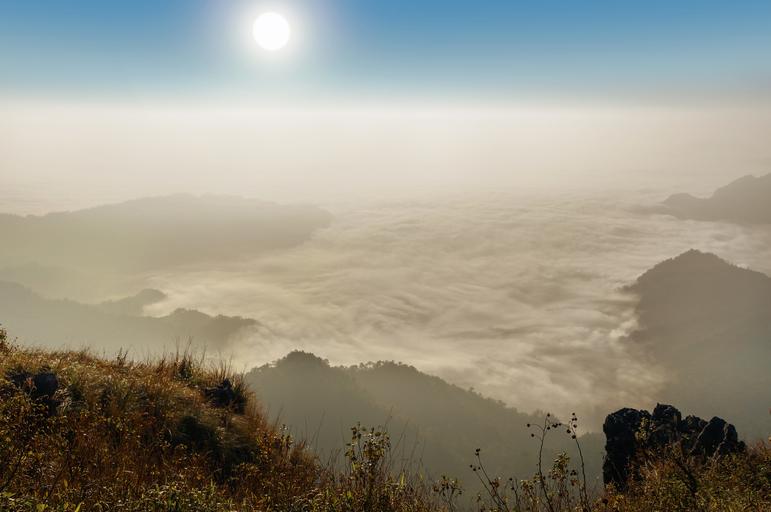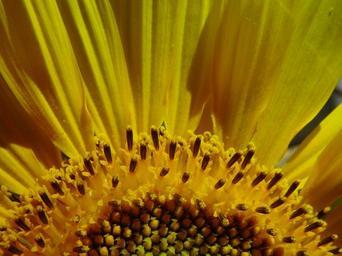Introduction
In a world dominated by visual media, the ability to create aesthetic colorful pictures is not just an artistic endeavor; it's a form of self-expression and storytelling. The vibrant hues and striking contrasts of a well-composed image can evoke emotions, provoke thought, and even inspire change. This article delves into Creating Aesthetic Colorful Pictures: Techniques for Stunning Visuals, offering insights and practical tips that both budding photographers and seasoned artists can incorporate into their work.
Creating Aesthetic Colorful Pictures: Techniques for Stunning Visuals
When we talk about Creating Aesthetic Colorful Pictures, it's essential to recognize that aesthetics involve more than just color. It encompasses composition, lighting, subject matter, and the emotional resonance of the image. Whether you are interested in art photography, portrait photo, or abstract self-portrait photography, each genre demands its unique approach to color and aesthetics.
Understanding Aesthetic in Photography
Before diving into techniques, let's unpack what we mean by "aesthetic." In photography, aesthetic refers to the qualities that make an image appealing or beautiful. This involves color harmony, balance, contrast, texture, and context.
- Color Harmony: Colors should work together seamlessly to create a pleasing effect. Balance: Distribution of visual weight in an image plays a crucial role in its appeal.
By grasping these concepts, you'll be better equipped to create images that resonate with viewers.
The Role of Color Theory in Art Photography
Color theory is fundamental in creating stunning visuals. Understanding how colors interact can significantly impact your photographs.
Primary Colors
The foundation of color theory starts with primary colors: red, blue, and yellow. These colors cannot be created by mixing others but serve as the building blocks for all other hues.
Secondary Colors
Mixing primary colors yields secondary colors like green (blue + yellow), orange (red + yellow), and purple (red + blue). Utilizing secondary colors can add depth to your artwork.
Tertiary Colors
These are formed by mixing primary colors with secondary ones. They offer more options and complexities within your palette.
Choosing Your Palette for Portrait Photography
When it comes to portrait photography, selecting the right color palette is crucial. Here’s how:
Skin Tones: Choose colors that complement skin tones without overwhelming them. Background: The background color should enhance the subject rather than distract from it. Clothing Choices: Outfit selections play a vital role in how colorful your portraits will appear.Lighting Techniques for Captivating Visuals
Lighting can make or break a photograph. Different lighting conditions provide various moods and enhances aesthetic appeal.
Natural Light vs Artificial Light
- Natural Light: Ideal for capturing soft shadows and highlights. Artificial Light: Offers control over brightness but requires knowledge about diffusion and direction.
Golden Hour Magic
Shooting during the golden hour—shortly after sunrise or before sunset—creates warm tones that enhance colorful imagery.
Composition Techniques for Beautiful Shots
The way you frame your shots affects their visual impact immensely.
Rule of Thirds
Dividing your image into thirds both horizontally and vertically helps position focal points strategically.
Leading Lines
Using natural lines within your environment guides the viewer's eye toward essential elements of your shot.
Exploring Abstract Self Portrait Photography
Abstract self-portrait photography allows you to express inner feelings creatively through unconventional compositions and perspectives.
Conceptualizing Your Ideas
Think outside the box – use reflections, shadows, or unconventional angles for dynamic results.
Faceless Self Portrait Ideas
Sometimes less is more; faceless portraits can evoke mystery while allowing viewers to project their interpretations onto the artwork.
Creating Aesthetic Colorful Picture Walls at Home
Once you've captured those stunning visuals, how do you showcase them? Creating aesthetic photo walls adds character to any space!
Choosing Canvas Sizes
Consider varying sizes when hanging pictures together; this creates visual interest on your wall.

| Canvas Size | Aspect Ratio | |-------------|------------------| | 16" x 20" | 4:5 | | 24" x 36" | 2:3 | | 30" x 40" | 3:4 |

How to Hang a Large Canvas Correctly
Measure your wall space accurately. Use appropriate hanging hardware based on canvas weight. Position at eye level for optimal viewing pleasure.FAQs About Creating Aesthetic Colorful Pictures
What is art photography?
Art photography refers to images created according to the artist's vision rather than merely documenting reality. It aims at conveying emotions or concepts through visually captivating means.
How can I achieve aesthetically pleasing images?
To achieve aesthetically pleasing images:
- Pay attention to composition, Utilize effective lighting, Choose complementary color palettes, Experiment with angles and perspectives.
What makes portrait photography different from other types?
Portrait photography focuses specifically on capturing the personality or essence of an individual or group through posed shots while emphasizing facial expressions or body https://inspirationstation157.theglensecret.com/engaging-with-nature-the-allure-of-natural-fine-art-photography language—distinct from landscape or still life photography which revolves around objects or scenes instead.
Why do many contemporary printmakers prefer linocut over woodblock printing?
Linocut offers ease of carving compared to woodblocks due to its softer material while still producing striking results with vibrant ink application—hence why many contemporary artists lean towards this technique today!

Can abstract self-portraits convey emotions effectively?
Absolutely! Abstract self-portraits allow artists freedom in expressing complex emotions through shape manipulation rather than literal representation; this invites viewers' interpretations which makes such works deeply personal yet universal simultaneously!
How do I find inspiration for my next portrait shoot?
Inspiration can stem from various sources such as:
- Nature, Art movements, Fashion trends, or even personal experiences! Keep a mood board handy filled with diverse ideas that resonate with you personally!
Conclusion
Creating aesthetic colorful pictures is an art form that combines technical skill with creative intuition. By understanding color theory, mastering composition techniques, experimenting with lighting conditions—and showcasing work thoughtfully—you will elevate your photographic skills beyond mere snapshots into stunning pieces worthy of admiration. Whether you're engaging in portrait shoots or crafting faceless self-portraits designed to provoke thoughtfulness among viewers—the journey towards creating these mesmerizing visuals is where true artistry lies! So go ahead—grab that camera—and start exploring ways you can bring more vibrancy into every shot taken!